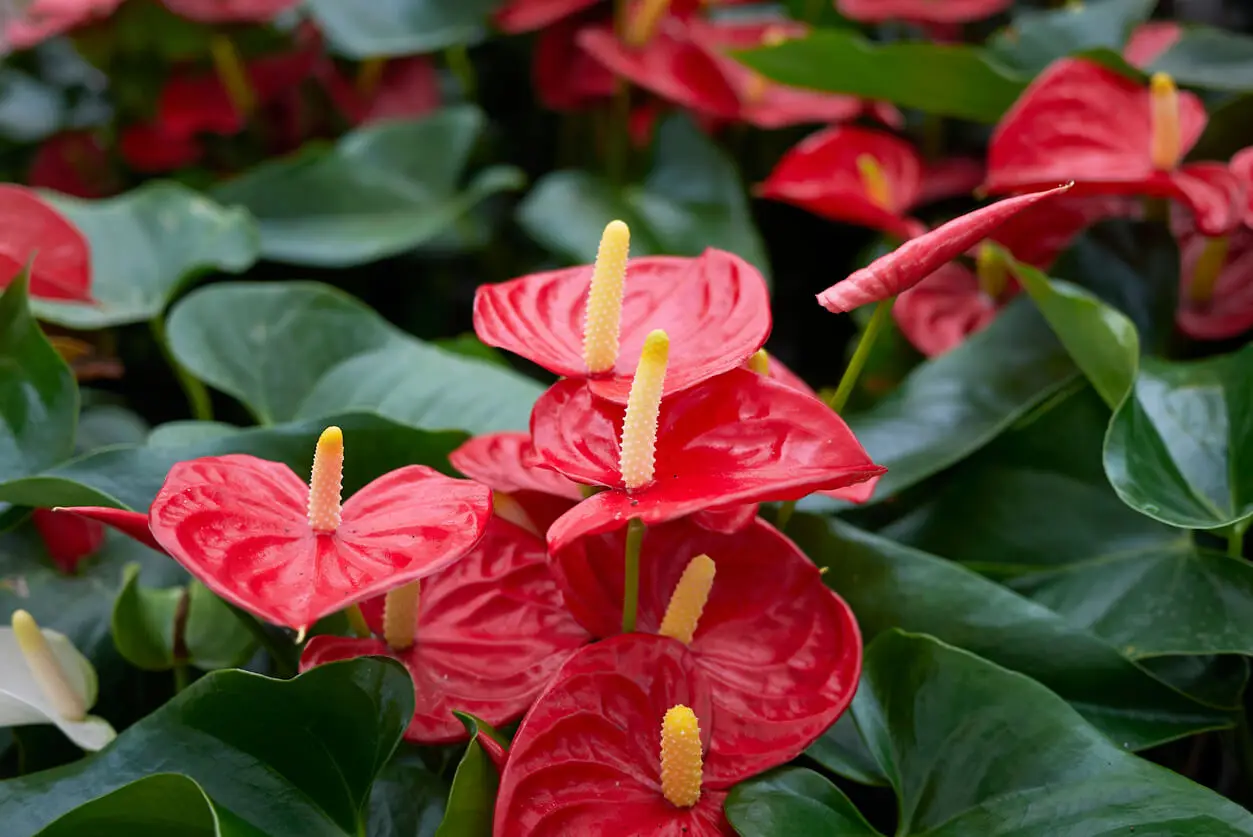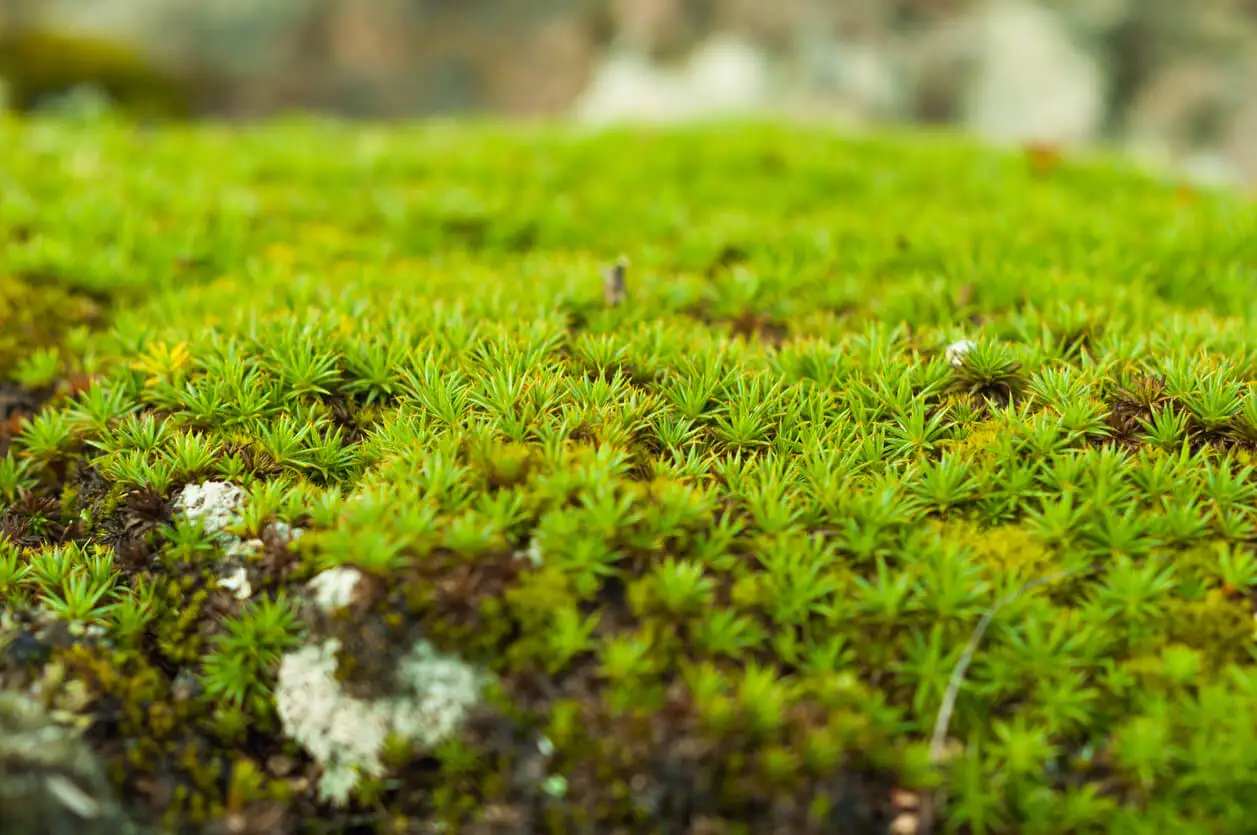How to Make a Moss Guide or Support for Climbing Plants

Indoor climbing plants need natural support to grow. That is why we want to share how to make a guide or moss tutor for the climbing plants you have indoors in this article.
Although there are many different types of plant supports on the market, not all of them work well or are a good fit for the plants that need them. In this sense, the ones you can buy are often aesthetically very attractive, but the plant won’t always take hold. So, bearing this in mind, let’s take a look at what a moss stake is, what its characteristics are, and how to make your own quickly and easily.
A moss stake or guide: What it is and why it’s so useful
A moss stake is an element used for indoor climbing plants to be able to climb it and adhere to it with their aerial roots. Some of the best-known species that do this are monsteras, pothos, anthuriums, orchids, and climbing vines.
If we think about their natural habitat, these plants adhere to the wet bark of trees. In this case, the moss guide can fulfill the function of that tree.
To do this, once you have your support or moss guide ready, you just have to moisten it and insert it into the pot. Then, you just have to find a way to secure the stem to it and, little by little, the plant begins to adhere.
Remember to keep the moss moist to hydrate the aerial roots of the plant.

We think you may be interested in reading this, too: Check Out These 10 Garden Plants that Bloom in Autumn
How to make a moss guide or support
There are many varieties of plant supports on the market, but sometimes they’re not all that good. For example, there are guides made from coconut fiber, which are very attractive but don’t give an adequate result.
They don’t maintain the humidity that the roots need. Therefore, the plant will not seek to climb there.
Similarly, stakes made from preserved moss or pre-treated moss often don’t work, either. This is because the manufacturer adds glycerin and dyes to mimic a natural look.
That’s why we think that it’s a good idea to make a homemade moss stake to offer your plants a better alternative. Let’s take a look at what materials you will need.
Materials for making your own moss support
These are the items and tools you have to get to put together your own plant guide:
- Bamboo cane or a wooden stick. The height and thickness will depend on the size of the plant you have in the pot.
- Sphagnum moss. Although it’s true that there are many varieties of moss, we suggest this one because its strands are long, which is important when you have to attach it to the cane. In addition, it’s one of the best varieties of moss at keeping moisture in, and the plants will therefore hold fast to it.
- A wire mesh, from 60 to 90 cm wide. The mesh can be plastic or the one used to make mosquito nets. Try to have flexible wire, thread, and wire cutters on hand.
- Other accessories: gloves, pot, plant, and soil.
Like this article? You may also like to read: How to Remove White Mold in The Soil From Plants
A step-by-step guide to making your own moss plant support
Beforehand, put on work gloves to prevent possible injuries. Have all the materials at hand and get started.
We’ll give you two assembly options so you can choose the one you like best. First, soak the moss for about 10 minutes in warm water to hydrate it. In the meantime, cut the mesh about 25 cm wide.
For the first option, roll up the mesh and fasten it with strips of wire. Drain the moss and place it inside the cylinder that you have left once you have finished rolling the mesh. As you add moss, with the help of the cane, push it down to compact it well.
Then, when you’ve filled it, place it in a pot next to the cane or wooden stick. Put the plant in and fill it with a good moist soil, making sure that the roll, the guide, and the plant are firm. If you would like, you can attach the stem of the plant to the cane until it acquires strength and stability.

For the second option, attach the moss already hydrated to the stick or cane. To do this, first, tie a thread on the end of the stick that will be facing upwards. Then, take small amounts of moss, drain it and place it on the stick while applying pressure.
Before adding moss again, surround the moss that you have already placed with the thread that you tied to the stick at the beginning. Do this procedure until the entire cane is covered.
To finish, cut the excess thread and place the plant in the pot. To do this, follow the same steps as the first option.
The importance of a moss guide or moss support for plants
This moss support is essential to keep your plants moist and straight. Both options for making it work very well and have given excellent results.
We hope you can give one of them a try. This way, your indoor climbing plants will grow healthy and strong!
All cited sources were thoroughly reviewed by our team to ensure their quality, reliability, currency, and validity. The bibliography of this article was considered reliable and of academic or scientific accuracy.
- Dasí, A. L. (2004). Dale caña a la caña. Bricojardinería & paisajismo: Revista profesional de distribución en horticultura ornamental y jardinería, (120), 42-43.
- de Jesús, M. V. R. (1994). Mantenimiento de las plantas ornamentales de interior. Disponible en: http://repositorio.cucba.udg.mx:8080/xmlui/bitstream/handle/123456789/304/Gomez_Garcia_Roberto.pdf?sequence=1&isAllowed=y
This text is provided for informational purposes only and does not replace consultation with a professional. If in doubt, consult your specialist.








